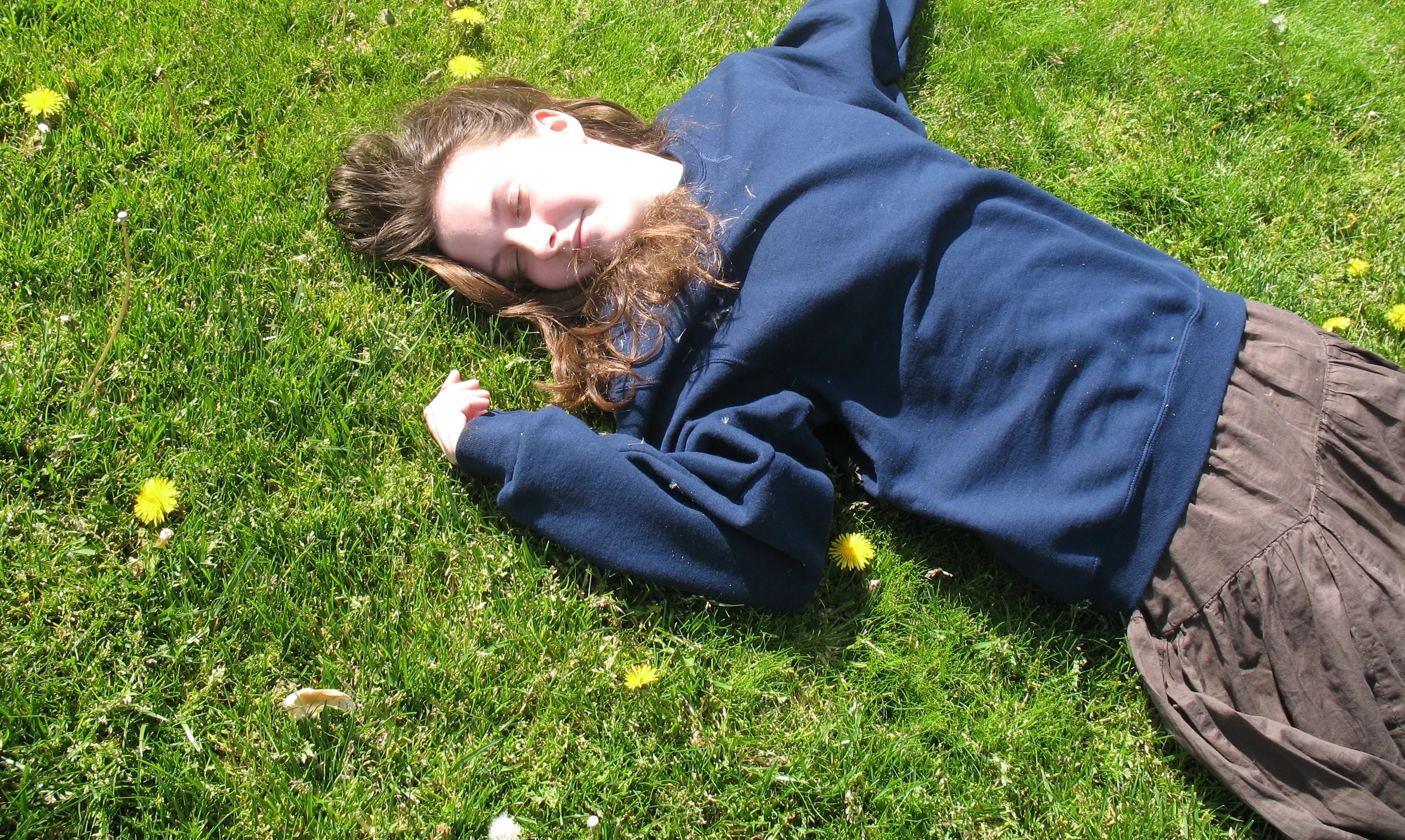9 Queer Stereotypes I'm Sick of Reading in YA Lit
/I'm abundantly happy that YA literature is becoming more diverse. Back when my organization started, it seemed like there were only a handful of LGBTQ-related YA books to choose from, and now there are many published every year. But still, there are some stereotypes/tropes I see a bunch in LGBTQ-related YA lit that irritate me. Here are 9 queer stereotypes I would like to see less of in YA literature.
I get annoyed when:
- Lesbian relationships always have one masculine woman and one feminine woman.
- Gender identity always conforms to a binary. There are plenty of people who identify as gender non-conforming or genderqueer, people who don't identify as any gender, people who identify as multiple genders, etc.
- I can't find gender-neutral pronouns anywhere. Like seriously, where are they?
- Bisexual people are just confused. Bisexual characters can really be bisexual.
- Pansexual people don't exist. Or pansexuality and bisexuality are conflated. Here are two definitions taken from Trans Student Educational Resources:
- Bisexual: "An umbrella term for people who experience sexual and/or emotional attraction to more than one gender (pansexual, fluid, omnisexual, queer, etc)."
- Pansexual: "Capable of being attracted to many/any gender(s). Sometimes the term omnisexual is used in the same manner. 'Pansexual' is being used more and more frequently as more people acknowledge that gender is not binary. Sometimes, the identity fails to recognize that one cannot know individuals with every existing gender identity."
- Asexual people don't exist. Did you know some studies have found ~1% of people are asexual? And no, having a character not in a relationship isn't the same thing as having an asexual character. And asexual people can be romantically attracted to others!
- Every queer kid is bullied. Yes, 85% of LGBTQ teens experience anti-LGBTQ name-calling, but not everyone fits into that narrative, and when every book makes queer kids seem miserable, many queer kids can't enjoy the book.
- Every queer character is white. (Does this need an explanation?)
- The goal of every transgender character is to transition. Many trans people have no interest in transitioning or altering their gender expressions. Gender expression doesn't equal gender identity! Here are two definitions taken from Trans Student Educational Resources:
- Gender identity: "One’s internal sense of being male, female, neither of these, both, or other gender(s). Everyone has a gender identity, including you. For transgender people, their sex assigned at birth and their gender identity are not necessarily the same."
- Gender expression: "The physical manifestation of one’s gender identity through clothing, hairstyle, voice, body shape, etc. (typically referred to as masculine or feminine). Many transgender people seek to make their gender expression (how they look) match their gender identity (who they are), rather than their sex assigned at birth. Someone with a gender nonconforming gender expression may or may not be transgender."
Additional annoying stereotypes (submitted by readers) include when:
- The Queer character's story centers around their coming out and having to deal with familial drama/centers around their Queerness as opposed to a real story line like heterosexual characters have.
- Queer people can't be religious/ that spirituality and queerness are mutually exclusive.
Have any additional queer stereotypes in YA you can't stand? Comment below or Tweet it to @ARoskinFrazee and I'll add it to the list!


















